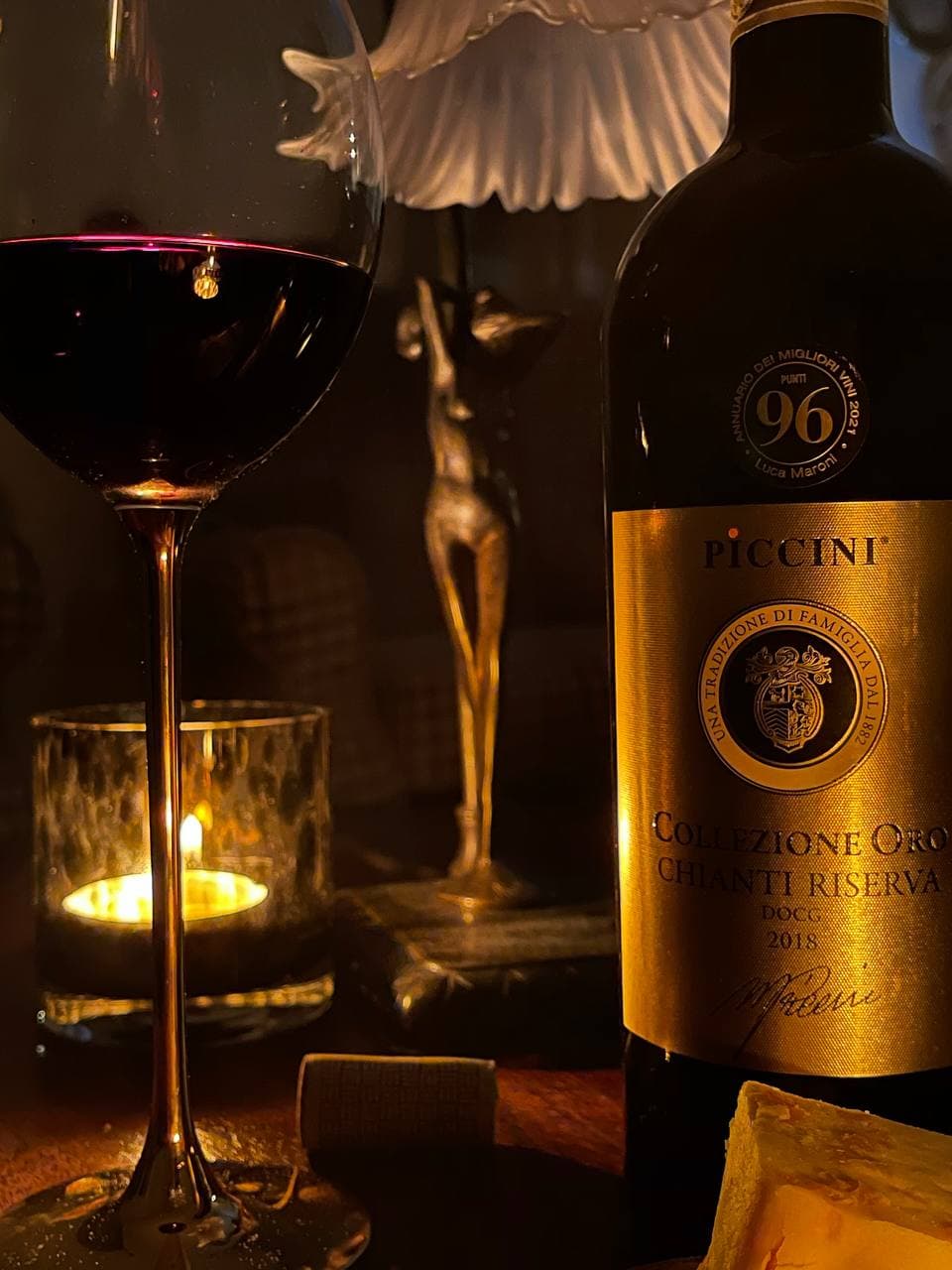Revealing the secrets of Italian wine: Piri Chianti
Italy’s vineyards have been nurturing winemaking traditions for centuries, giving birth to a vast array of wines that have captured the hearts of wine enthusiasts worldwide. Among these, Valpolicella Ripasso and Chianti stand out as two iconic gems, embodying the essence of Italian craftsmanship and the unique characteristics of their respective regions. Embark on a journey to delve into the secrets of these two esteemed wines, exploring their history, production methods, and the nuances that set them apart, particularly in terms of aging potential.
Valpolicella Ripasso: A Symphony of Grapes and Tradition
Valpolicella Ripasso, a ruby-red Italian wine from the Veneto region, has captivated wine enthusiasts with its rich, complex flavor profile and unique production method. The heart of Valpolicella Ripasso lies in its symphony of grapes: Corvina, Rondinella, and Molinara. Corvina, the noble grape of Valpolicella, contributes structure, color, and a backbone of acidity, while Rondinella adds freshness, elegance, and a touch of sweetness. Molinara, renowned for its aromatic complexity and spicy notes, rounds out the blend, creating a harmonious tapestry of flavors.
The Ripasso Method: A Transformative Journey
The foundation of Valpolicella Ripasso lies in its unique Ripasso method. During this secondary fermentation process, Valpolicella wine is macerated with dried Appassimento grapes. These grapes, which have been concentrated by drying on straw mats, impart a deeper color, higher alcohol content, and a more intense, complex flavor profile to the wine.
Aging Potential: A Wine That Evolves over Time
Valpolicella Ripasso is known for its aging potential, with the wine typically maturing for several years, allowing it to develop its full complexity and character. Over time, the concentrated sugars from the dried Appassimento grapes gradually integrate into the wine, contributing to its sweetness and roundness. The tannins soften, allowing the wine’s fruit and spice notes to emerge more prominently.
Chianti: A Legacy of Artisanal Excellence
Chianti, a renowned Tuscan red wine, has long held a place of prestige among the world’s most beloved wines. The name Chianti evokes images of rolling hills, sun-kissed vineyards, and the passion of Italian winemakers. Chianti’s history dates back to the 13th century, and its unique production methods have contributed to its distinctive flavor profile and enduring popularity.
The Role of Aging in Chianti’s Evolution
While Chianti is often enjoyed young and fresh, it also has the potential to age gracefully for several years. As Chianti matures, its tannins soften, allowing the wine’s fruit and floral aromas to develop more fully. The wine’s color darkens, and its acidity mellows, creating a more balanced and complex flavor profile.
Factors Affecting Aging Potential:Can Chianti go bad or not?
Several factors influence Chianti’s aging potential, including the vintage, the quality of the grapes, and the winemaking techniques employed. Chianti produced during warmer vintages tends to age more favorably, as the grapes develop higher sugar levels and thicker skins, which contribute to the wine’s structure and complexity.

Conclusion: Two Wines, Two Aging Journeys
Valpolicella Ripasso and Chianti, both with their distinct origins and production methods, offer unique aging experiences. Valpolicella Ripasso’s aging gracefully showcases its complexity and sweetness, while Chianti’s evolution highlights its transformation from a young, vibrant wine to a mature, elegant expression of Tuscan terroir. Whether enjoyed young or cellared for years to come, these wines provide the opportunity to appreciate the art of Italian winemaking and the transformative power of time.















